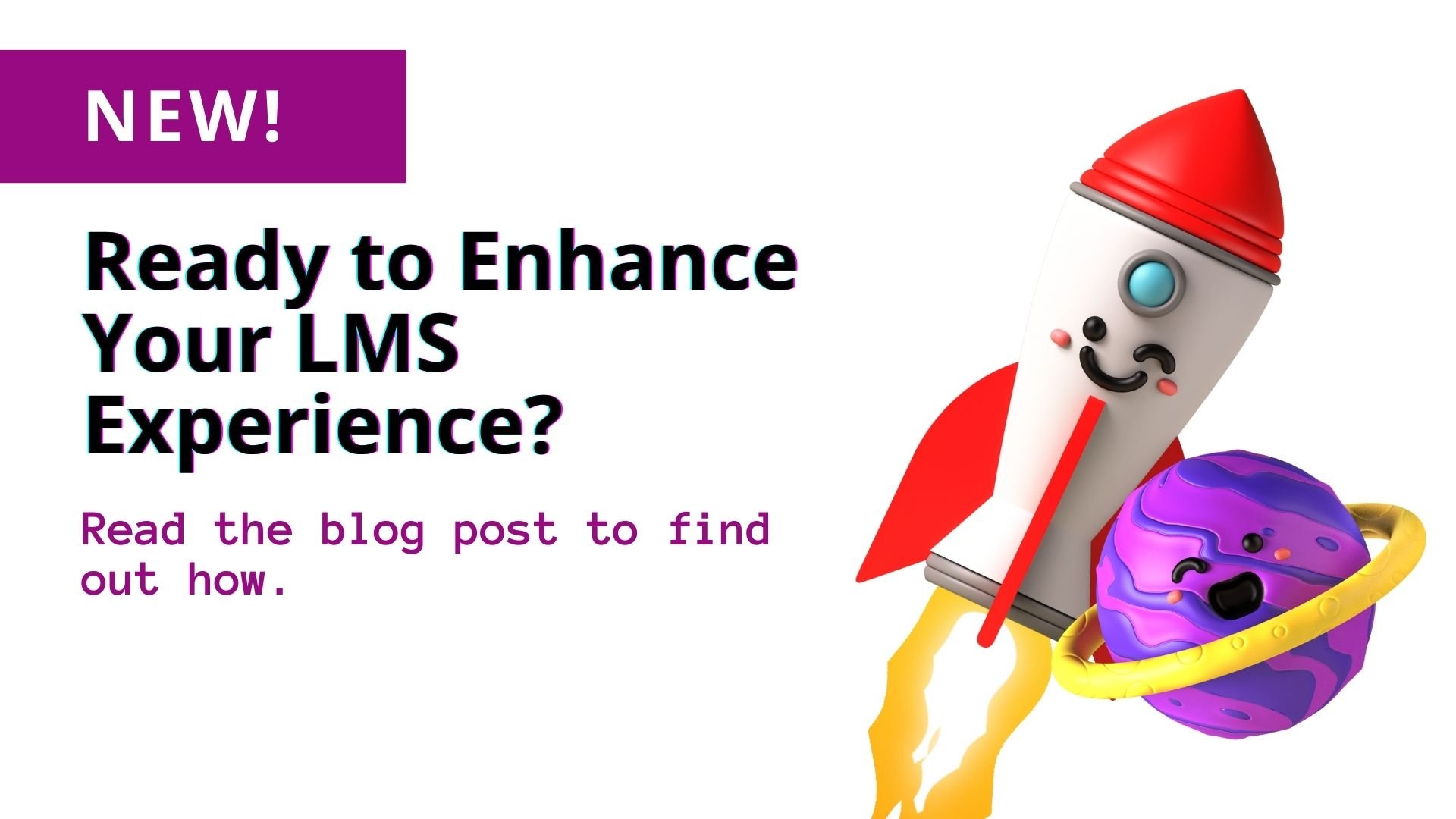When effective standard operating procedures (SOPs) are in place, companies experience improved quality output, efficiency, and employee performance. Proper SOPs also minimize miscommunication and promote compliance. SOPs should be updated every couple of years. However, companies are finding that SOP changes are necessary now due to the coronavirus pandemic.
The pandemic has placed a number of limitations upon most companies. For example, COVID-19 has greatly increased the rate at which digital transformation is happening. It has sped up the rate of digital transformation by six years for companies, according to CNBC.1 This has led to companies rapidly adopting new technologies. Understandably, this has been a huge disruption to organizations and has affected all departments and companies across all industries. ITPro. stated,
“(A) survey of IT leaders in the US, UK, Germany, and France found that 97% of IT directors said their companies went through digital transformation efforts in 2020. The same number of directors expect that investment to continue in 2021.”2
In addition to speeding up digital transformation, the pandemic has also made it necessary for a huge number of employees to work from home. This has changed the entire workplace dynamic for affected organizations.
Due to the changes caused by the coronavirus pandemic, the majority of organizations are finding it necessary to make standard operating procedure changes. Utilizing specific LMS features present in LMS software will enable companies to successfully address standard operating procedure changes in the post-COVID business world.
See our COVID-19 eLearning resources for helpful remote learning solutions
What Standard Operating Procedure Changes Should Your Company Make?
Before you can update your organization’s standard operating procedures, you must clarify what is and isn’t working for your company. If you aren’t sure what SOP changes to make in response to the aftermath of the global health crisis, you're not alone. Your first task is to determine what isn’t going right for your organization and workforce. Ask yourself some clarifying questions, such as:
- “Are remote employees as productive as they need to be?”
- “Are employees getting the training they need?”
- “Do most staff members possess the skills they need to succeed in their job role?”
- “Are workers compliant with all regulatory requirements?”
- “Does the company have a solid, definable, unique culture where continuous learning is valued?”
- “Do organizational departments have seamless communication?”
By asking questions like these, you can pinpoint what areas of your organization need some reworking and make SOP changes accordingly.
Make SOP Changes Using LMS Software
The first step to making SOP changes is to update any outdated standard operating procedures in a digital and/or physical guide employees can access. Because many people are working from home, updating SOPs via digital document is a good idea. You can use LMS software to make this document accessible to every employee. They can simply log in to their learner dashboard and access the document. That way there is no confusion about what SOPs have changed and what is expected of employees.
After you’ve updated your organization’s SOPs, it’s time to take the next step to ensure workers understand and integrate the changes: train employees using LMS software. Training employees about new standard operating procedures and utilizing knowledge checks will help promote understanding of the changes and increase employee knowledge retention and process adherence.
To train employees on new standard operating procedures, consider creating an online learning course that covers each SOP. If the course is long, it can be broken up into smaller segments. The key is to create a course that an employee can access on their mobile device.
Many online employee training courses can be purchased from a third-party vendor. However, when it comes to courses centered on an individual company’s SOPs, it is best to have the course created especially for the company as it will have to be individualized. If your L&D team isn’t up to the task, consider hiring an instructional designer. You can then load the training course into your LMS software and distribute it to learners, even those who will be training remotely.
How LMS Features Facilitate Standard Operating Procedure Changes
LMS software features tools that promote employee adoption of SOP changes. A few examples of LMS features that support standard operating procedure changes are:
- Mobile learning - One of the top LMS features of 2021 is mobile learning. Mobile learning enables employees to learn at home, which is where a lot of people are working right now. This LMS feature enables staff to pace their learning experience and take ownership of it. Mobile learning tends to be more engaging than other forms of eLearning because people live from their smartphone. They use their phone to set alarms, deposit checks, shop for essentials, and much more. They expect to be able to use their phone to engage in online training. Most LMS software features mobile learning, but be sure to ask vendors about this LMS feature before making an investment in an eLearning system.
- Certifications - This year, companies are making SOP changes to how their workforces are certified and kept compliant with shifting regulatory requirements. This is especially true of healthcare and financial services companies. Organizations can streamline compliance and certifications management by investing in LMS software that features LMS certifications. This LMS feature helps administrators easily track certificate completion directly in the LMS. During a crisis, having a tool for simple compliance management is invaluable as it can free up administrators’ time and allow them make the SOP changes that need to be made.
- Social learning - Another LMS feature that is helpful for companies making SOP changes is social learning. Social learning encompasses tools like real-time chat, shared calendars, web conferencing, and more. It accelerates content curation and knowledge sharing/peer-to-peer learning. Additionally, it boosts productivity for remote teams and ensures both instructors and learners have ongoing support. Social learning makes remote online learning much more engaging. This can make all the difference to remote learners who feel detached from their training material. For these reasons, this is one of the most vital LMS features for companies implementing SOP changes.
- Learning paths - An effective LMS feature for organizations making SOP changes is learning paths. When altering standard operating procedures, it’s important to simplify employees’ daily tasks as much as possible. This includes the task of training. By creating personalized learning paths for employees, you will help each and every learner stay on track with training. They won’t have to worry about falling behind, and administrators can feel more confident that employees are regularly participating in training. If they are not making progress on their learning path, LMS reports will show it. This makes it easy to know which employees are thriving with their training and which could use some help.
Related Reading: 4 Overlooked Features and Characteristics of an LMS Platform that Businesses Need
How to Overcome Common Barriers to SOP Changes
Process adherence and adoption of SOP changes is critical. At the same time, it is often tough to get workers to adhere to new processes. This may be doubly true when employees are working from home and have less interaction with supervisors and coworkers. But why are employees resistant to adopting SOP changes? Process.st® explained,
- Processes are hard to find or take too much time to use
- Processes are out-of-date
- Processes are dull or difficult-to-read
- No one has the responsibility of mentoring the team and policing their process adherence
- Errors are treated as one-offs, not real problems with the documented processes
“Good process design, as well as having the right kind of tools can help you avoid some of these common pitfalls,” the source stated.3
LMS software can be lumped into the “right tools” to promote process adherence. Having leaders from all departments contribute information and feedback to the HR department, which is ultimately responsible for updating SOPs, will ensure better process design.
When your SOP document is available via LMS software, which offers a secure, online, easy-to-access location, process descriptions are not hard to find. By updating processes, you’ll ensure they are not out-of-date and irrelevant. Also, by creating a mentoring team, you can see that remote employees are monitored for process adherence. If the mentoring team notes that certain workers aren’t adopting SOP changes, team members can reach out to those employees.
Use TOPYX LMS Software to Address SOP Changes
Looking for LMS software that will help your organization address SOP changes? Look no further than TOPYX LMS. TOPYX has everything you need to effectively implement SOP changes, including LMS features like:
- Mobile learning
- Certifications
- Social learning
- Learning paths
With TOPYX, you can set your company up for success by simplifying compliance, certifications, general training, and onboarding.
Request a free LMS demo of TOPYX today to get started addressing SOP changes within your organization.
References:





